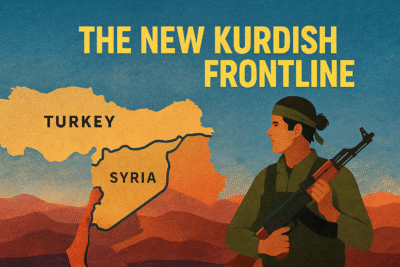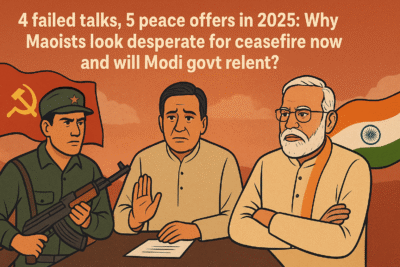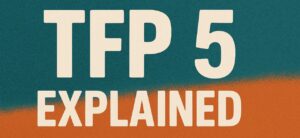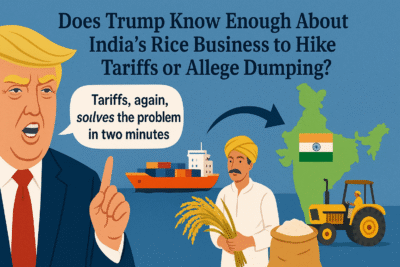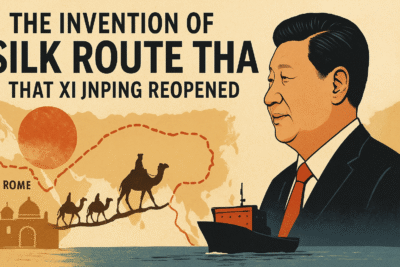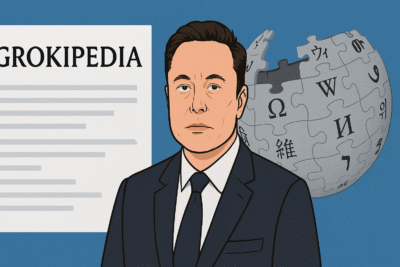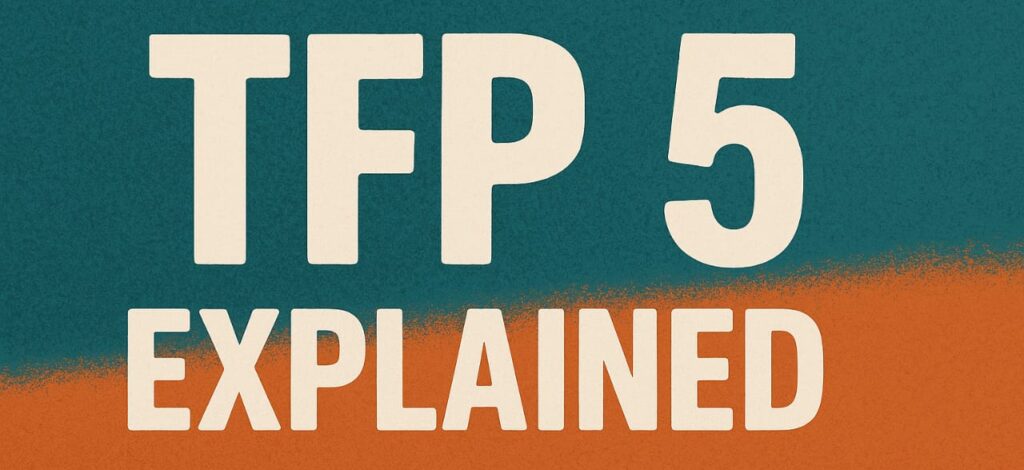
TFP 5 Explained
1.
India punishing Bangladesh with jute, textile import curbs, but why
What happened?
India has sharply restricted imports of jute and textile goods from Bangladesh, allowing entry only through the Nhava Sheva seaport and blocking access via all northeastern land ports.
This move comes after a series of escalating provocations and policy shifts in Dhaka, including public comments by Bangladesh’s interim leader that India’s Northeast is “landlocked” and dependent on Bangladesh for ocean access.
Bangladesh has also deepened its engagement with Pakistan and China, raising concerns in New Delhi about regional security and the balance of power in the Bay of Bengal.
Why did this happen?
India’s response is widely seen as a form of strategic pushback. Dhaka’s recent rhetoric and actions — such as inviting Chinese infrastructure projects that could give Beijing leverage in the Bay of Bengal, and gestures toward facilitating Chinese access to India’s Northeast—are viewed in India as direct challenges to its core interests.
Bangladesh’s interim government has also been accused of emboldening radical Islamist groups and banning the traditionally pro-India Awami League, further straining ties. These developments have disrupted the longstanding peaceful security balance in the region.
What is the economic impact?
The restrictions hit Bangladesh’s critical export sectors, especially ready-made garments, which now face higher costs and longer shipping times due to rerouting through distant seaports. Indian officials argue that Bangladesh has long enjoyed near-unrestricted access to Indian markets while maintaining barriers against Indian goods, and that recent anti-India moves leave New Delhi little choice but to recalibrate.
The new rules affect over $770 million in annual trade and disrupt supply chains for major global brands that manufacture in Bangladesh.
What are the wider implications?
This episode signals a hardening of India’s posture toward neighbours perceived as undermining its security or regional standing. It also underscores the growing influence of China and Pakistan in South Asia, and the risk that economic measures could further inflame political and religious tensions in Bangladesh’s domestic landscape.
For the Northeast, it is a reminder of its strategic vulnerability and the importance India places on maintaining control over regional connectivity.
So what?
India’s trade curbs are not just about economics — they are a calculated message to Dhaka and the wider region. By raising the cost of antagonising Indian interests, New Delhi hopes to deter Bangladesh from using China or Pakistan as levers against it and to restore a measure of strategic stability in the Bay of Bengal. This reflects how trade policy can become a frontline tool in regional power struggles, with consequences for economic growth, security, and the delicate balance of peace in South Asia.
2.
Pune Porsche crash case | Money rewrites evidence log with DNA switch: How it happened
What happened?
In a dramatic development in the Pune Porsche crash case, prosecutors have presented DNA evidence showing that the blood sample submitted as that of accused minor’s was actually of his mother. This revelation has intensified public scrutiny and raised serious questions about the integrity of the investigation.
Why is this important?
The case, involving a minor from a wealthy family allegedly driving a Porsche under the influence and causing a fatal accident, has already sparked outrage over perceived attempts to shield the accused from justice. The DNA evidence suggests deliberate tampering with forensic samples, possibly to protect the minor from prosecution under stricter laws.
Who is responsible?
Investigators are now probing the roles of hospital staff, police officers, and family members in the alleged cover-up. The court has ordered further inquiry and may bring charges against those involved in the tampering.
What’s at stake?
The integrity of India’s criminal justice system is under the spotlight. If influential families can manipulate evidence, public trust in the system could erode further. The case is also a test of whether the legal process can withstand pressure from powerful interests.
So what?
This case is more than just a high-profile accident—it’s a litmus test for India’s rule of law and the ability of its institutions to deliver justice impartially. The outcome will shape public confidence in the system and could prompt reforms in forensic protocols and accountability for tampering.
3.
Kenya boils again over tax hikes: What’s driving the unrest now?
What happened?
Kenya has been rocked by violent protests against proposed tax increases, resulting in at least 16 deaths and widespread disruption. The government has labelled the demonstrations as “terrorism disguised as dissent,” while the United Nations has voiced concern over the escalating violence.
Why are people protesting?
The government’s new finance bill proposes higher taxes on essential goods and digital services, aiming to address budget deficits and rising debt. However, many Kenyans see these measures as unaffordable and unfair, especially amid high unemployment and cost-of-living pressures. The protests reflect deep frustration with economic hardship and political leadership.
How has the government responded?
Authorities have deployed security forces, imposed curfews, and used force to disperse crowds. The government’s hardline stance — framing the protests as a security threat — has further inflamed tensions and drawn criticism from human rights groups.
What are the risks?
Continued unrest could destabilise Kenya’s economy, deter investment, and damage its reputation as a regional hub. There is also the risk of political polarisation and a crackdown on civil liberties, with long-term consequences for governance and social cohesion.
So what?
Kenya’s turmoil is a stark reminder of how economic policy can trigger wider social unrest if not managed with sensitivity and transparency. It highlights the delicate balance governments must strike between fiscal responsibility and public welfare, and the dangers of dismissing legitimate dissent as mere lawlessness.
4.
Trump ends US-Canada trade talks over digital tax: Can Carney bring him back to the table?
What happened?
Trade negotiations between the United States and Canada have abruptly ended after Us President Donald Trump terminated talks on Friday to oppose Canada’s new digital services tax targeting American tech giants. The US has threatened retaliatory tariffs, raising fears of a broader trade conflict. Canada Prime Minister Mark Carney, meanwhile, responded to Trump’s announcement saying his government would continue complex trade talks with the US.
Why did this happen?
Canada’s digital tax, aimed at levelling the playing field for domestic businesses, imposes additional levies on revenues generated by large tech firms such as Google, Amazon, and Facebook. The US sees this as discriminatory against its companies and has demanded its withdrawal.
Who is affected?
The collapse of talks puts billions of dollars in cross-border trade at risk. Canadian consumers and businesses could face higher prices if tariffs are imposed, while US tech firms may see their profits squeezed or their market access restricted.
What are the broader implications?
A trade war between the US and Canada could disrupt supply chains, slow economic growth, and set a precedent for other countries considering similar taxes. It also raises questions about the future of digital taxation and the ability of international bodies to broker fair solutions.
So what?
This standoff is significant because it underscores the challenges of regulating the digital economy in a globalised world. For readers, it’s a reminder that even close allies can clash over new economic realities, and that the fallout from such disputes can be felt far beyond the negotiating table.
5.
Greece fights wildfires near Athens: What it tells about climate risks
What happened?
Greek firefighters have brought a major forest fire near Athens under control after days of intense effort and widespread evacuations. The blaze, fuelled by high temperatures and strong winds, threatened homes and forced thousands to flee.
Why did this happen?
Greece, like much of southern Europe, is experiencing hotter, drier summers due to climate change. These conditions create the perfect storm for wildfires, which are becoming more frequent and severe. Urban sprawl and inadequate land management have also increased the risk.
How did authorities respond?
Firefighters, supported by aircraft and volunteers, worked around the clock to contain the flames. Emergency services coordinated evacuations and set up shelters for displaced residents. The government has called for EU assistance and is reviewing its wildfire preparedness strategies.
What are the consequences?
While the immediate threat has passed, the damage to forests, homes, and infrastructure is significant. The psychological toll on affected communities is also considerable, and the risk of further fires remains high as the heatwave continues.
So what?
This incident is a stark illustration of the growing impact of climate change on everyday life. For readers, it’s a call to action: governments and citizens alike must adapt to new environmental realities, invest in resilience, and push for stronger climate policies to prevent future disasters.
